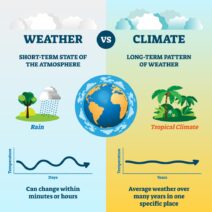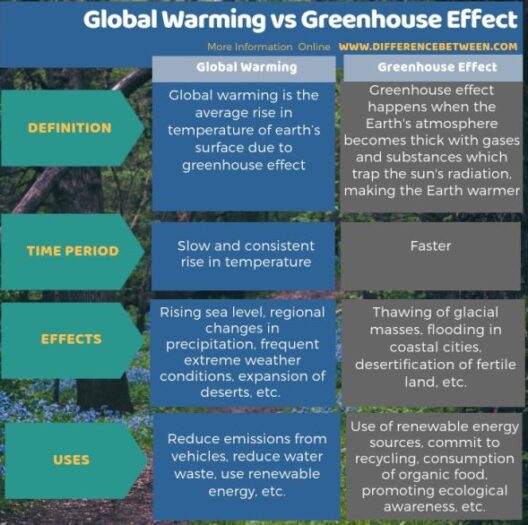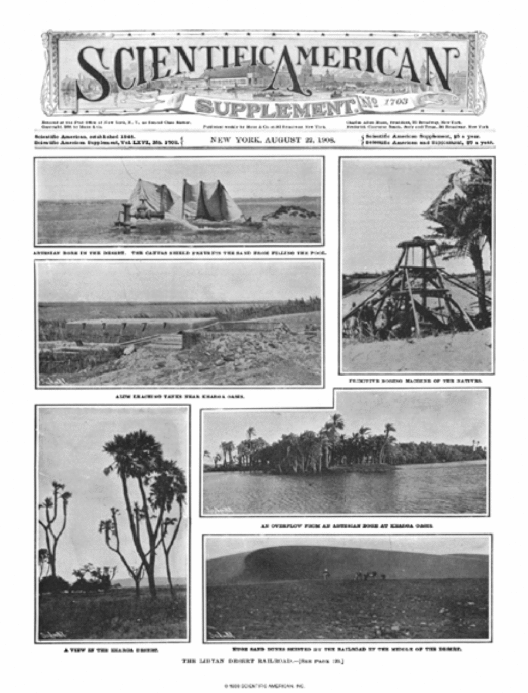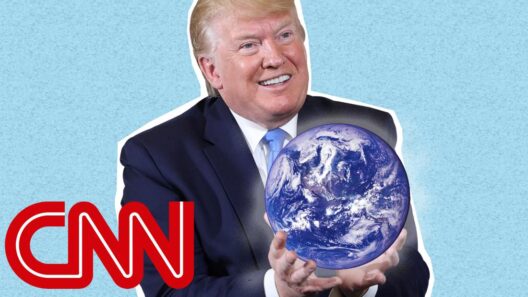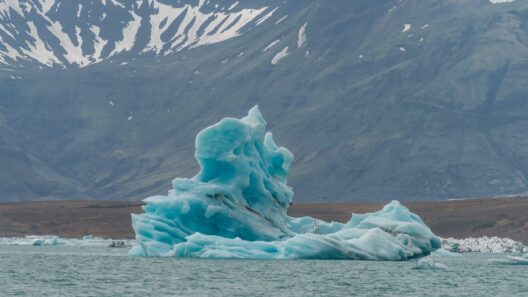The phenomenon of climate change has burgeoned into a critical issue affecting societies, economies, and ecosystems across America. It transcends the borders of environmental science, touching on socio-political dynamics and individual livelihoods. Understanding its ramifications requires a keen examination of several crucial factors intertwining with the lived experiences of American communities.
As we progress deeper into the 21st century, one cannot help but recognize the pervasive effects of climate change in various aspects of American life. This extensive impact manifests in altered weather patterns, rising sea levels, and deteriorating biodiversity. These changes compel communities to confront the challenges posed by climate change while also spurring a deep sense of fascination about the relationship between humanity and nature.
With that in mind, let us delve into the multifaceted effects of climate change on America, unveiling the layers beyond mere statistics.
Transforming Weather Patterns: An Unpredictable Future
One of the most evident consequences of climate change is the transformation of weather patterns. Extreme weather events, such as hurricanes, droughts, and wildfires, have become increasingly frequent and severe. The intensity of storms, illustrated by hurricanes like Katrina and Sandy, not only wreaks havoc on coastal cities but also lays bare the frailties of urban infrastructure. Statistics reveal that the frequency of Category 4 and 5 hurricanes has nearly doubled in recent decades, a trend that raises alarming questions about the future of American coastal communities.
Moreover, regions that historically enjoyed temperate climates find themselves grappling with unprecedented heatwaves and erratic precipitation patterns. The Midwest, often dubbed the “breadbasket of America,” has experienced stark agricultural stresses due to changing rainfall. Farmers in this region face uncertainty in crop yields, as their ability to predict growing seasons diminishes. Thus, climate change not only threatens the food security of the nation but also challenges the livelihoods of farmers who have relied on consistent weather patterns for generations.
The influence of climate change extends beyond agriculture to impact infrastructure and health outcomes, creating further cascading effects that resonate throughout society.
Health Implications: Climate’s Toll on Well-Being
The health implications of climate change are profound and often understated. As temperatures rise, so too does the prevalence of heat-related illnesses. Vulnerable populations, particularly the elderly and those with pre-existing health conditions, face heightened risks during extreme heat events. Public health systems struggle to adapt as the demand for emergency services surges during heat waves.
In urban areas, the exacerbation of air quality due to increasing temperatures contributes to respiratory illnesses. The rise in allergens, such as pollen, due to extended growing seasons culminates in seasonal aggravations for millions of Americans suffering from allergies and asthma. The direct correlation between climate change and health necessitates not only robust healthcare responses but also preventative measures focused on environmental stewardship.
Moreover, climate-related disasters—floods, hurricanes, and wildfires—bring with them mental health crises. The trauma associated with displacement, loss, and the uncertainty of recovery can lead to long-term psychological effects within affected communities. The external manifestations of climate change serve to remind us that it is not merely an environmental concern but an issue intricately linked to societal well-being and resilience.
Economic Ramifications: A Shifting Landscape
As climate change continues to unfold, its economic ramifications cannot be overstated. The financial cost of climate-related disasters has skyrocketed, with losses in the billions annually, affecting insurance, real estate, and local economies. Properties in flood-prone areas have seen declining values, altering the landscape of real estate markets across the nation. This phenomenon, often referred to as “climate gentrification,” illustrates the shifting economic priorities as communities reassess their vulnerability to climate impacts.
Moreover, industries reliant on natural resources—such as agriculture, fishing, and tourism—face substantial risks as climate change alters the availability and health of these resources. For instance, fisheries along the Atlantic Coast are grappling with shifting fish populations as ocean temperatures rise, affecting local economies that depend on fishing jobs.
The adaptation to climate change involves a financial burden, requiring investments in infrastructure that can withstand new extremes and policies that encourage sustainable practices. Transitioning to renewable energy sources presents both challenges and opportunities. While the upfront costs may be daunting, moving away from fossil fuels into renewable energy can foster job creation in emerging sectors, signaling a transformative shift in how the economy functions.
Conclusion: The Call for Collective Action
The multifarious impacts of climate change weave a complex narrative that underscores a collective human experience. As America stands at this critical intersection, the call for cohesive and inclusive action reverberates louder than ever. The need for policies that address the environmental injustices exacerbated by climate change brings forth a moral imperative. Thus, individuals and communities are galvanized not merely to react but to mobilize against a backdrop of scientific evidence as we navigate an uncertain future.
In recognizing the intricate ties between climate change and the fabric of American life, we uncover a deeper appreciation for the interconnectedness of our actions and the preservation of our environment. As we forge ahead, it becomes a communal responsibility to address the challenges posed by climate change—ensuring a sustainable and equitable future for generations to come.
